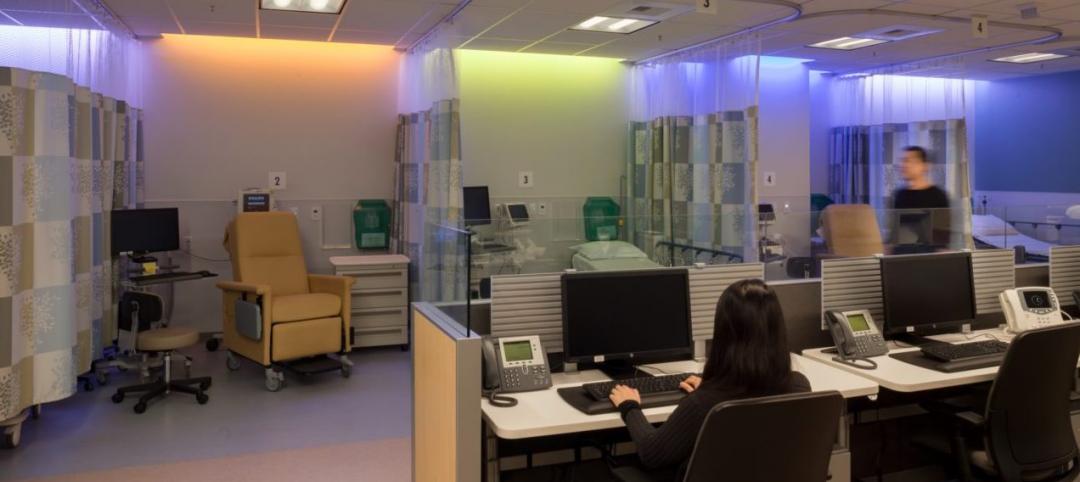While it had good intentions, sustainability was a concept that failed on launch and simply should have never been. Its original premise was to meet the needs of the present without compromising future generations’ ability to meet their needs—all within available resources. But, does that make sense? Imagine a bucket brimming with any finite resource. Over the years, that resource is diminished as a function of development, industrialization, manufacturing, and population growth. After a century of environmental thievery, the bucket is half-full and sustainability—with all of its good intentions—calls on us to use only what is needed so that we don’t compromise the needs of future generations.
Thus, the current population adjusts its needs to provide the next generation access to a bucket of equal quantities of resources. The problem is, world population is growing at breakneck speed. In 1900, we had 1.6 billion living on the planet. In 2050, we’re expected to reach 9 billion. Let that sink in.
Conservation has its limits. Regardless of the conservation strategy the population needs a bare minimum to survive. As the population grows, our bucket’s resources will start a deficit trend. Generation after generation will pass that bucket to drive the deficit so deep that resource extinction is eminent. The question becomes: Is sustainability a model that our culture should adopt and promote knowing that the bucket will one day be empty?
A better solution
Imagine innovation focused on filling the bucket and striving to achieve what sustainability has done for the world in the last two decades. What achievements could we have accomplished by now had we propositioned a different hypothesis? What if we didn’t focus on conservation, but instead invested intellectual, human, and financial capital in restoring and replenishing resources within a regenerative context?
At HMC Architects, we are inspired by John Lyle’s systems ecology approach to architecture, and we propose that a regenerative approach restores whereas a sustainable approach quite simply, maintains.
For HMC, this begins by empowering our people to start dialogues about regenerative design, to go beyond green building certifications and to question the methods our industry has been using. We are motivating our work culture to explore net positive strategies so that our buildings can renew nature and give back to our communities.
Our first initiative is investing in a distributed leadership model that offers opportunities for regenerative leaders to emerge in each of our offices. These leaders are responsible for the regenerative culture within their studio, from organizing learning opportunities about the latest in green building techniques and technologies to sourcing fair-trade coffee for their workplace. Through our regenerative leaders, we’re fostering a culture that thinks deeply about the future, and that mindset carries over to our projects and communities.
We want to see elementary schools that not only have incredible learning environments for its students, but also produce excess energy to power the surrounding neighborhood. We’re imagining hospitals with a storm water management system to provide non-potable irrigation water back to its community. We’re dreaming up eco-cities with an entirely edible landscape that feeds its residents. To visualize this regenerative future, we’re celebrating our sustainable project successes and learning from them as we move toward regenerative design.
Understanding is key to everything
As environmental stewards, we must help our clients though budget concerns by giving them the hard facts. We need to help them understand what they are paying for while simultaneously explaining that regenerative measures don’t always equate to higher costs. Developing life cycle cost assessments unravels the true cost of implementing regenerative design principles. This can be done for energy, water and waste.
At HMC, we are designing levels of zero energy, zero waste, and zero water use so that we can empower project teams and clients to make a choice. Our goal is that EVERY project will accomplish one of the following:
Energy
–Zero Net Energy
–ZNE-ready
–Net positive
Water
–Have on-site water capture and reuse
Waste
–Have a zero-waste construction process
Beyond status quo
If you’re looking to simply check the LEED box, we encourage you to think bigger. California is already ahead of the national curve, and we need to ask ourselves if we are okay with the status quo? Or should we be thinking beyond? ZNE is an undeniable future, and that’s a good thing.
We understand that clients can be apprehensive when of things with which they are unfamiliar. So, it’s our job to demystify these concepts for them so that they become reality. This is achieved through training and education.
— At the beginning of any project, we encourage having an eco-charrette. These are key to the design process and teach the client (and us) how regenerative principles and strategies work and can be put into action.
— Plan for training sessions so that users know how to operate their new building when it’s occupied.
— Plan for a post-occupancy evaluation to learn how the design team did, and how users are doing in their new building.
Sustainability has given us a foundation and perhaps it’s got more people thinking about the impact humans have on the environment. But, to truly enrich our communities through architecture, we must change our mindset and bring a focused awareness to everyone with whom we come in contact. By encouraging dialogues about the next step for our industry, we can make regenerative architecture the new standard.
More from Author
HMC Architects | Mar 26, 2024
Safeguarding our schools: Strategies to protect students and keep campuses safe
HMC Architects' PreK-12 Principal in Charge, Sherry Sajadpour, shares insights from school security experts and advisors on PreK-12 design strategies.
HMC Architects | Jul 26, 2023
10 ways public aquatic centers and recreation centers benefit community health
A new report from HMC Architects explores the critical role aquatic centers and recreation centers play in society and how they can make a lasting, positive impact on the people they serve.
HMC Architects | Jul 25, 2023
The latest 'five in focus' healthcare interior design trends
HMC Architects’ Five in Focus blog series explores the latest trends, ideas, and innovations shaping the future of healthcare design.
HMC Architects | Jun 26, 2023
Addition by subtraction: The value of open space on higher education campuses
Creating a meaningful academic and student life experience on university and college campuses does not always mean adding a new building. A new or resurrected campus quad, recreational fields, gardens, and other greenspaces can tie a campus together, writes Sean Rosebrugh, AIA, LEED AP, HMC Architects' Higher Education Practice Leader.
HMC Architects | Apr 13, 2023
Creating a sense of place with multipurpose K-12 school buildings
Multipurpose buildings serve multiple program and functional requirements. The issue with many of these spaces is that they tend not to do any one thing well.
HMC Architects | Jun 2, 2022
Women in Architecture: How HMC Pioneers Gender Equality
A survey by the Association of Collegiate Schools of Architecture (ACSA) shows that while women account for nearly half of graduates from architecture programs, they only make up about 15 percent of licensed architects.
HMC Architects | Jan 20, 2020
Robotics in architecture and construction: An industry shift
Architects who embrace this intriguing and dynamic technology now will be better equipped to design the most efficient buildings of the future.
HMC Architects | Jul 30, 2019
What is the future of architecture as a profession?
With the rapid evolution of available technologies, and the integration of them into the profession, the role of an architect is changing faster than it ever has before.
HMC Architects | Mar 6, 2019
What is the role of the architect in healthcare data security?
Safeguarding sensitive data is top of mind for healthcare administrators across the country, and, due to the malicious intents of hackers, their security efforts are never-ending.
















